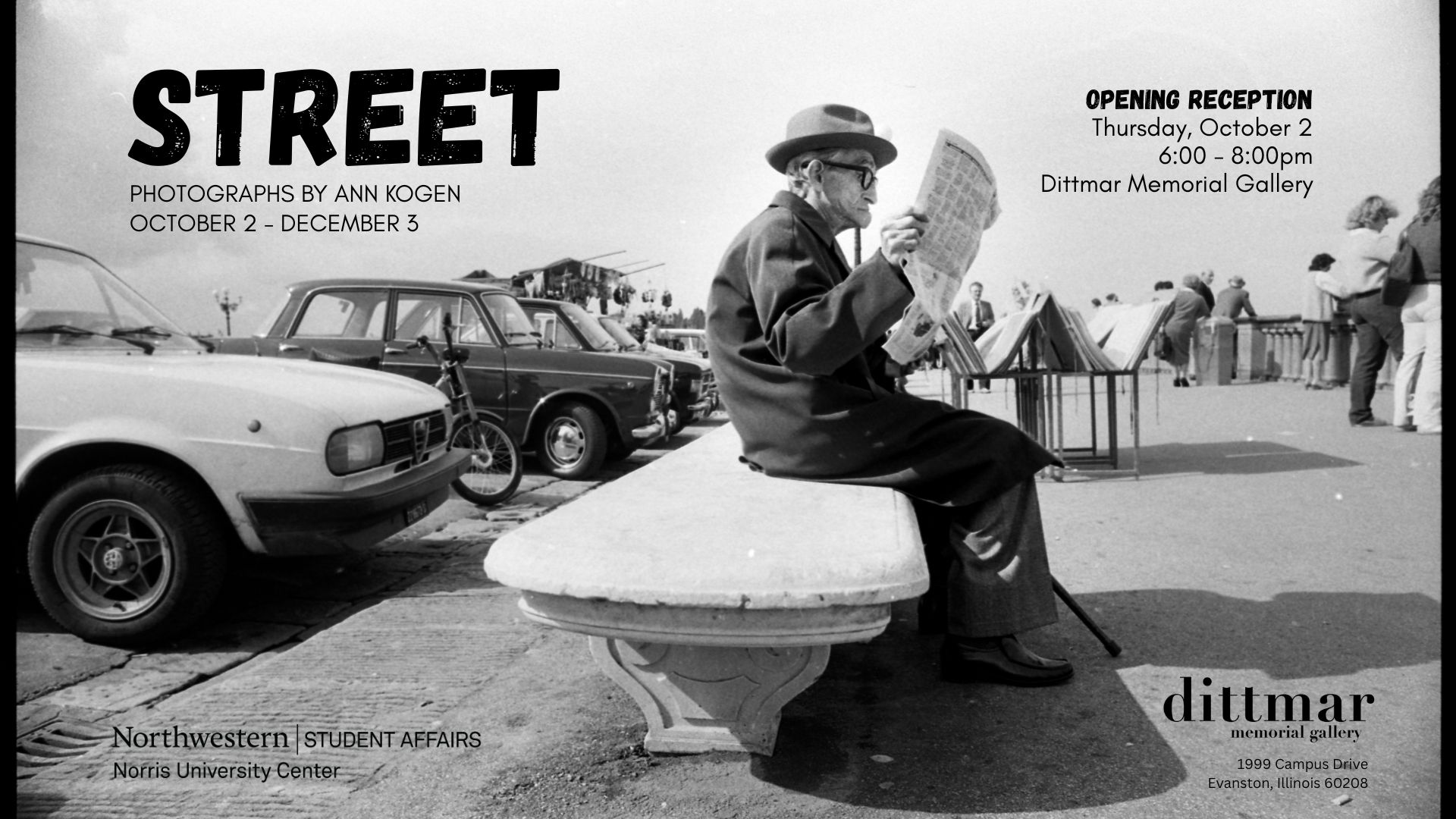Welcome to Dittmar Memorial Gallery
Dittmar is located on the First Floor of Norris University Center. This student-run gallery space features 5-6 exhibitions per year.
Dittmar Memorial Gallery was named in recognition of a gift by the late Paul O. Dittmar. For more than 50 years, Dittmar Gallery has promoted the careers of young artists on campus and artists across the nation.
All Dittmar Events are free. Catered refreshments are provided at all art receptions where possible and RSVPs are not required.
More information about the gallery and exhibitions can be found here.
Image: Archive As Action, Archive as Discourse Exhibition, 2025.
Gallery Guest Book
Sign in here when visiting the gallery.
Hours of Operation
Dittmar gallery is currently closed for the summer season. Please visit us during the 2025-2026 academic year, beginning October 2, 2025.
| 2025 - 2026 Gallery Hours | ||
|---|---|---|
| Monday - Sunday | October 2, 2025 - June 14, 2026 | 10:00am - 10:00pm daily |
|
Closed For Holiday & Exhibition Changeover |
|
|
Please note: Dittmar Gallery hours are aligned with Norris Center building hours and is also closed intermittently for installation and deinstallation of exhibitions as stated above.
Please check to see if the building is open when planning your visit.
Upcoming Exhibitions

STREET
October 2 - December 3, 2025
Opening Reception: Thursday, October 2, 2025
6:00 - 8:00pm
Dittmar Gallery
Image: Ann Kogen, “Florence, Italy”, Nikon FM camera with black and white TRI-X film, 1983. Courtesy of the artist.
Click here to learn more about the exhibition & upcoming events
Join the Team
| Available Positions - Fall 2025 | |
|---|---|
| Dittmar Assistant | Click here to learn more & apply |
Click here to learn more about the Dittmar team
| Stay in the Know | Contact Us |
|---|---|
|
|